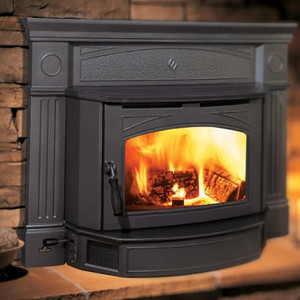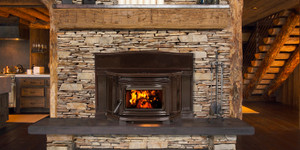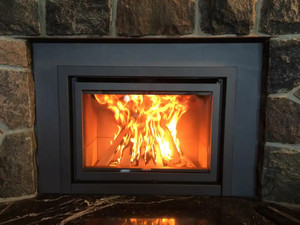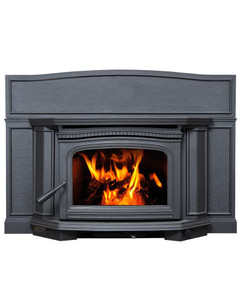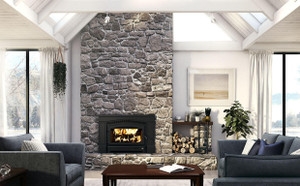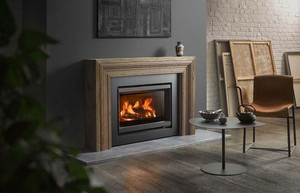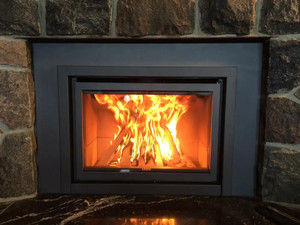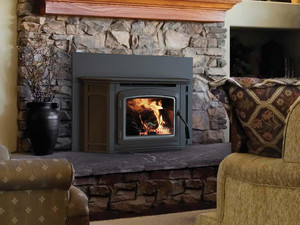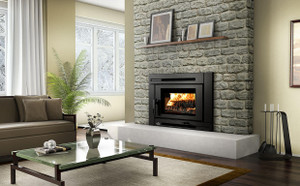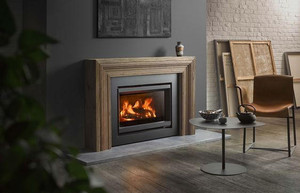Top Wood Burning Inserts
Discover the Best Wood‑Burning Inserts of 2025
Shopping for a wood stove insert that turns an old, drafty fireplace into a high‑efficiency heater? You’re in the right place. Our curated lineup features EPA‑certified wood burning inserts from Regency, Osburn, Pacific Energy, STÛV, and Spartherm—each tested to deliver steady warmth while slashing fuel costs. Inside this guide you’ll learn how to size a wood fireplace insert to your square footage, compare catalytic vs non‑catalytic fireboxes, and find out which models qualify for the 30 % Federal Biomass Tax Credit.
Whether you’re after the best wood stove insert for a 1,200 sq ft cabin or the best wood fireplace insert for an open‑plan ranch, every unit listed here is backed by real‑world installation data from hundreds of projects nationwide—and most ship in 3 business days or less. Scroll down for side‑by‑side comparisons, FAQs, and pro tips that help first‑time buyers become confident wood insert owners.


